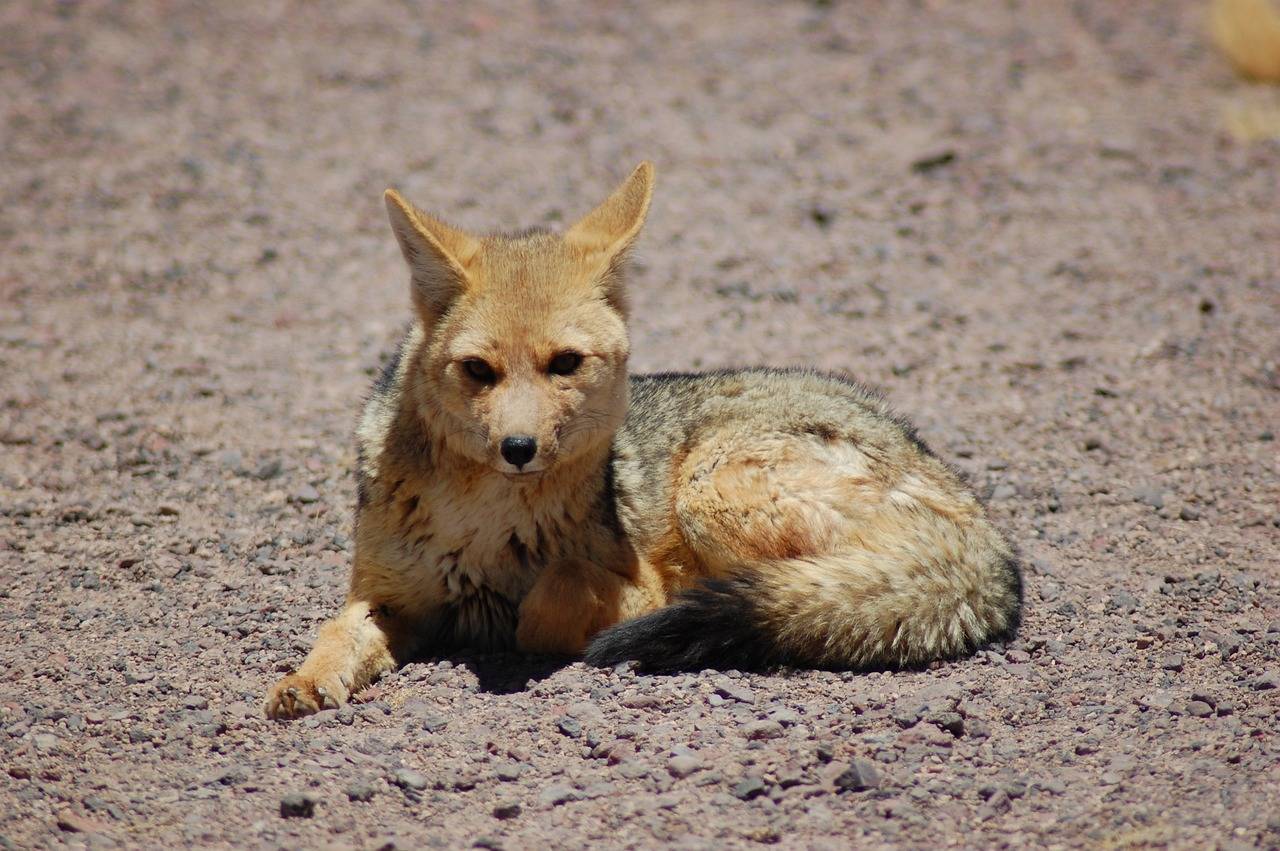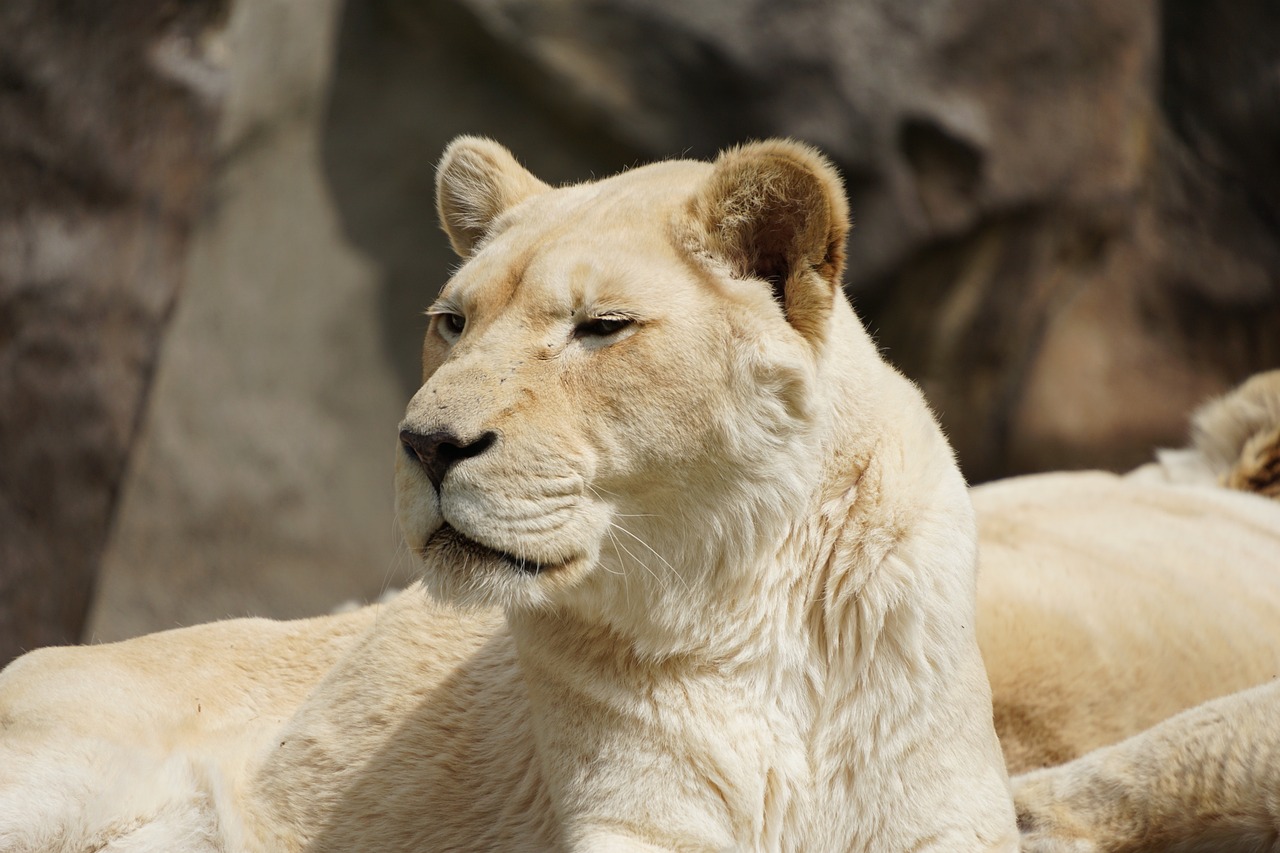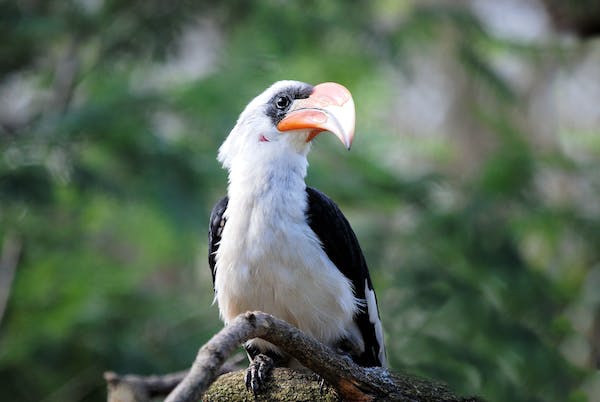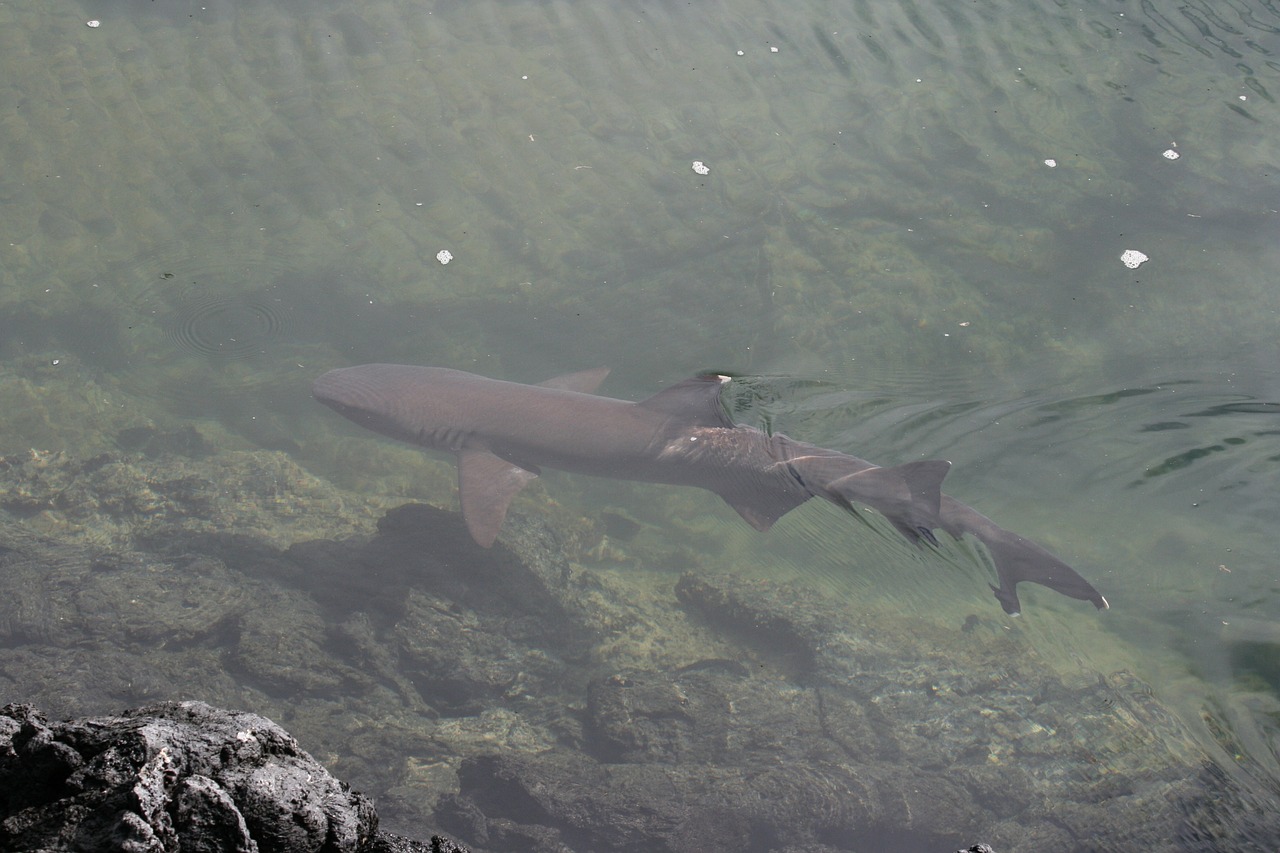Sri Lankan Leopard
Native to the island of Sri Lanka, the Sri Lankan leopard (Panthera pardus kotiya) is an enigmatic and fascinating big cat species. This particular species of leopard, which is well-known for its unique characteristics and important ecological function, has drawn interest from both scientists and wildlife enthusiasts.
Our article, we will examine a number of facets related to the Sri Lankan leopard, including its size, habitat, unique attributes, and environmental importance. Sri Lankan leopard holds a special place in the hearts of wildlife enthusiasts and conservationists.
How Many Leopards in Sri Lanka?
Due to their private nature and the thick vegetation in their habitats, it is difficult to pinpoint the precise population of Sri Lankan leopards. Still, estimates range from 700 to 950 for the number of surviving individuals in the wild. Because poaching and habitat loss are major threats to this endangered species, conservation efforts are essential to its survival.
Sri Lankan Leopard Size
Males of the Sri Lankan leopard subspecies typically weigh between 110 and 170 pounds (50 and 77 kg) and measure 7 to 8 feet (2.1 to 2.4 meters) in length, including the tail. This makes the subspecies comparatively large. Generally speaking, females weigh between 64 and 132 pounds (29 and 60 kg).
Because of their size, they can hunt and climb with great agility in the variety of environments they live in.
Black Leopard in Sri Lanka
Although the typical shading of Sri Lankan leopards is a golden-yellow coat with characteristic dark spots, there have been reports of black leopards, or melanistic leopards, in the country. These people’s coats are black or dark brown because of a genetic mutation that produces a disproportionate amount of pigment called melanin .
The presence of black leopards, a unique and striking variation, enhances the appeal of the leopard population in Sri Lanka.
Why Are Sri Lankan Leopards So Important?
The preservation of the natural equilibrium in their habitats depends on the conservation of Sri Lankan leopards. These leopards, as the greatest Predators, are essential in regulating the number of prey species, which prevents overgrazing and enhances biodiversity.
Their existence is a sign of a healthy ecosystem, and conservation efforts advantage Sri Lanka’s natural environment as a whole.
How Is the Sri Lankan Leopard Different?
The Sri Lankan leopard is a unique subspecies that stands out from other populations of leopards due to its physical characteristics. It is easily recognized due to its small stature, lean physique, and distinctive coat patterns.
In order to guarantee the survival of this particular subspecies in the face of environmental difficulties, conservation efforts frequently focus on maintaining its genetic diversity.
Sri Lankan Leopard Habitat
Sri Lankan leopards are adaptable creatures found in a variety of habitats, including rainforests, dry forests, and grasslands. They are known to thrive in the central and southern regions of Sri Lanka, utilizing a range of elevations from sea level to mountainous terrain. Protecting these diverse habitats is essential for the survival of the species.
How Big Are Sri Lankan Leopards?
Male Sri Lankan leopards in particular are enormous animals that make them excellent hunters. They can take down a variety of prey, including larger ungulates and small mammals, thanks to their strength and agility. Their ability to adapt is essential to their survival, particularly when navigating the difficulties brought on by habitat fragmentation and human encroachment.
They are adept at navigating a variety of terrains thanks to their size, and their strong senses help them succeed as predators.
Sri Lankan Leopard Speed
Leopards compared to Sri Lanka are recognized for their quickness and agility. They are efficient hunters because they can accelerate to short bursts of up to 37 mph (60 km/h). In their natural environments, they can hunt and catch a variety of prey thanks to their remarkable speed, strength, and stealth.
Sri Lankan Leopard Facts
The Sri Lankan leopard is listed as endangered on the International Union for Conservation of Nature (IUCN) Red List.
Conservation initiatives in Sri Lanka aim to protect the leopard’s habitats, reduce human-wildlife conflict, and combat poaching.
Female leopards are known for their solitary nature, while males may establish territories that overlap with those of several females.
Sri Lankan leopards have a diverse diet, including deer, wild boar, monkeys, and smaller mammals.
Conclusion
The leopard in Sri Lanka is a representation of the country’s rich biodiversity and the value of protecting its natural heritage. The survival of this magnificent species depends on conservation efforts, and creating effective conservation strategies requires an understanding of the species’ size, habitat, and unique characteristics.
We can support the preservation of the Sri Lankan leopard and the general well-being of the island’s ecosystems by tackling the difficulties they encounter.
Raising awareness of the importance of this amazing species and the difficulties it faces is essential to ensuring that humans and wildlife on this stunning island nation coexist peacefully as conservation efforts for it continue.







